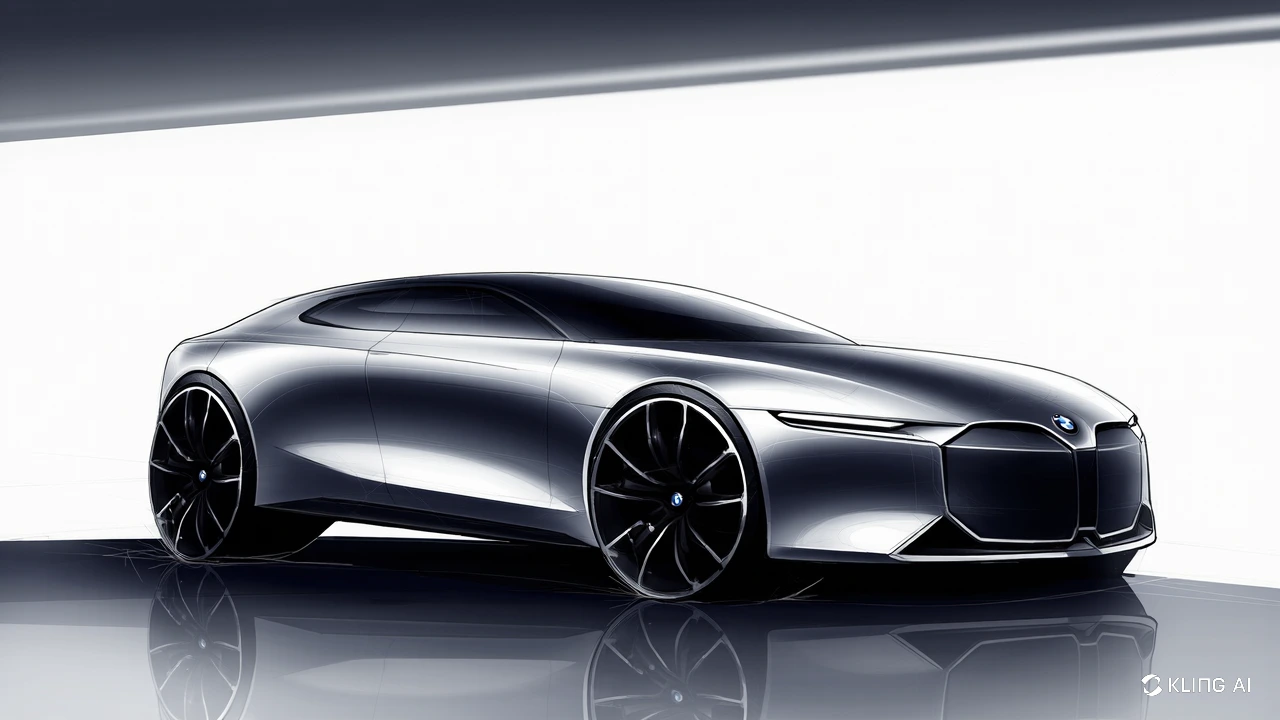How to Draw a Car: Step-by-Step Guide for Beginners

🚗 How to Draw a Car – Complete 2025 Guide to Automotive Design Drawing
Whether you’re dreaming of designing futuristic supercars or just want to sketch realistic vehicles, learning how to draw cars is a must-have skill for concept artists, illustrators, and industrial designers. This comprehensive 2025 guide will walk you through step-by-step car drawing techniques, from basic box forms to advanced perspective, reflection rendering, and iconic style cues.
Perfect for both traditional sketching and digital workflows, this guide will help you build mechanical accuracy, artistic flow, and professional-level presentation.
🧱 Section 1: Professional Construction Methods
To draw a believable car, you must first understand its form and function. Most vehicles begin with basic volumes that can be broken into proportional shapes.
🔧 Basic Form Breakdown by Vehicle Type:
Sedan: Classic 3-box design (engine hood, passenger cabin, trunk)
SUV: 2-box layout with higher beltline and roof clearance
Sports Car: Teardrop silhouette with low, sleek profile and cab-rearward stance
📐 Core Automotive Proportions:
Wheelbase ≈ 2.5x wheel diameter
Roof height ≈ 1.5x wheel diameter
Front/Rear Overhangs ≈ 0.75x wheel diameter
Tire width ≈ 1/3 of tire diameter
Design Tip: Begin with a side view sketch to lock in proportions before rotating into perspective.
🧭 Section 2: Perspective Mastery in Vehicle Drawing
Perspective makes or breaks a car sketch. Correct ellipses and vanishing points define realism and motion.
🧊 Vanishing Point Strategies:
1-Point Perspective: Ideal for straight-on front or rear elevation views
2-Point Perspective: Most commonly used in 3/4 views (default in car ads & concept art)
3-Point Perspective: Use for dynamic compositions (looking up at or down on the car)
🔄 Ellipse Control Techniques:
Wheels: Always follow minor axis aligned to horizon line
Headlights: Use squashed ellipses or arcs for curvature
Windshields & Rooflines: Glass reflections curve subtly with perspective
Practice Tip: Sketch multiple cars from the same horizon line using different angles to train visual memory.
🎨 Section 3: Advanced Detailing Techniques
Once the form is in place, professional car drawings shine through surface flow, brand identity, and clean contouring.
🔺 Surface Language:
Character Lines:
Shoulder line: Runs along door handle level
Beltline: Window base to trunk
Rocker: Skirt base under the doors
Panel Gaps: Uniform spacing = realism
Reflection Mapping: Visualizes curved body surfaces by simulating light behavior
🚘 Brand Signature Styling:
BMW: Dual kidney grille, Hofmeister kink in C-pillar
Porsche: Oval headlights, seamless silhouette
Tesla: Minimalist fascia, flush door handles, simplified curves
Detail Tip: Treat lights and mirrors as design jewelry—small elements with big storytelling impact.
💻 Section 4: Digital Rendering Workflow
Professional vehicle illustration today is largely done in digital tools. Here’s how concept artists handle workflow efficiently.
🖥 Layered Digital Process:
Perspective Grid: Establish vanishing points and ellipses
Base Shape Block-In: Use lasso or vector shapes to define geometry
Line Refinement: Add weight variation and clarity
Material Pass: Glass, paint, chrome, rubber
Lighting & Environment Reflection: Add sky bands, road reflection, rim lighting
🖌 Software-Specific Features:
Photoshop:
Use custom brush sets for tire tread, vents, headlights
SketchBook Pro:
Symmetry Tool = perfect mirrored forms
Procreate:
QuickShape tool for precision ellipses and consistent lines
Rendering Tip: Layer smoke, motion blur, or sunset reflections for cinematic impact.
🚙 Section 5: Specialized Vehicles & Styling Techniques
Each vehicle type requires a unique approach based on era, purpose, and brand philosophy.
🛠 Classic Cars (Pre-1980):
Chrome Accents: Bumpers, mirrors, trim lines
Rounded Volumes: More bulbous, less aggressive
Two-Tone Paint: Use shape breaks to separate color fields
🚀 Concept & Futuristic Cars:
Exaggerated Proportions: Oversized wheels, glass domes, no mirrors
Lighting Innovation: LED bands, floating headlight shapes
Hover or Track-Based Systems for sci-fi influence
🏎️ Racing Modifications:
Widebody Kits
Diffusers, Splitters, Spoilers
Livery Design: Logos, sponsors, color blocking with velocity lines
Style Tip: Build a “vehicle identity chart” showing front, side, rear, and interior cues of your fictional or real car.
🧠 Bonus Practice Challenges
✏️ Draw a car from memory using only three proportions
🛞 Design your own car brand, and create 3 models with different identities
📐 Reverse-engineer a real car sketch from blueprint to perspective
🎨 Recolor a car in 5 different lighting setups (day, night, showroom, rainy, sunset)
🏁 Final Thoughts: Draw Cars That Drive the Imagination
Automotive drawing is a discipline where precision meets creativity. With the right foundation in perspective, proportion, and design flow, you can create vehicles that feel both functional and futuristic. Whether you're designing your own concept car or mastering classic silhouettes, every line drives a story forward.
So grab your stylus or pencil, fire up your imagination—and hit the drawing road, one curve at a time.